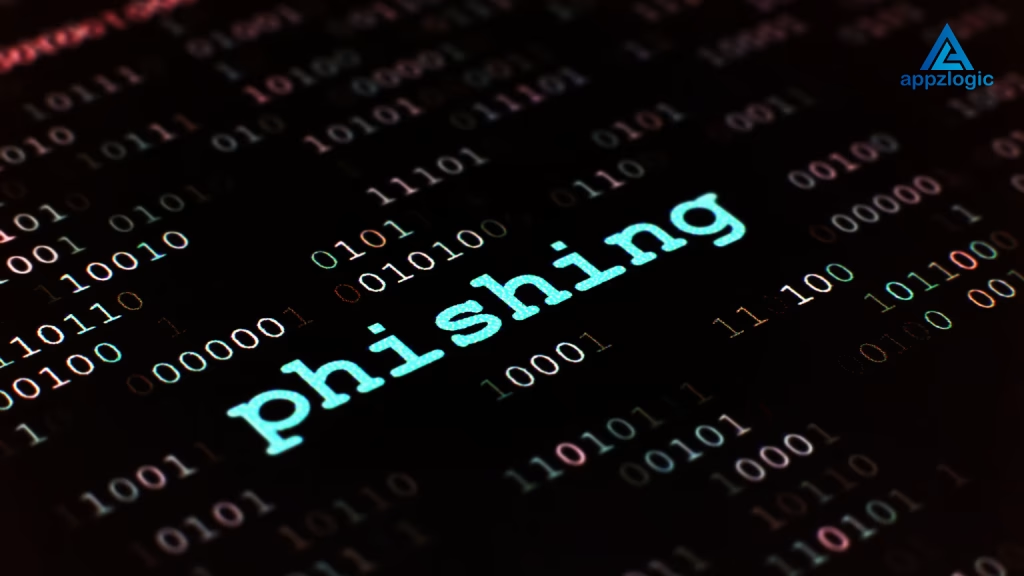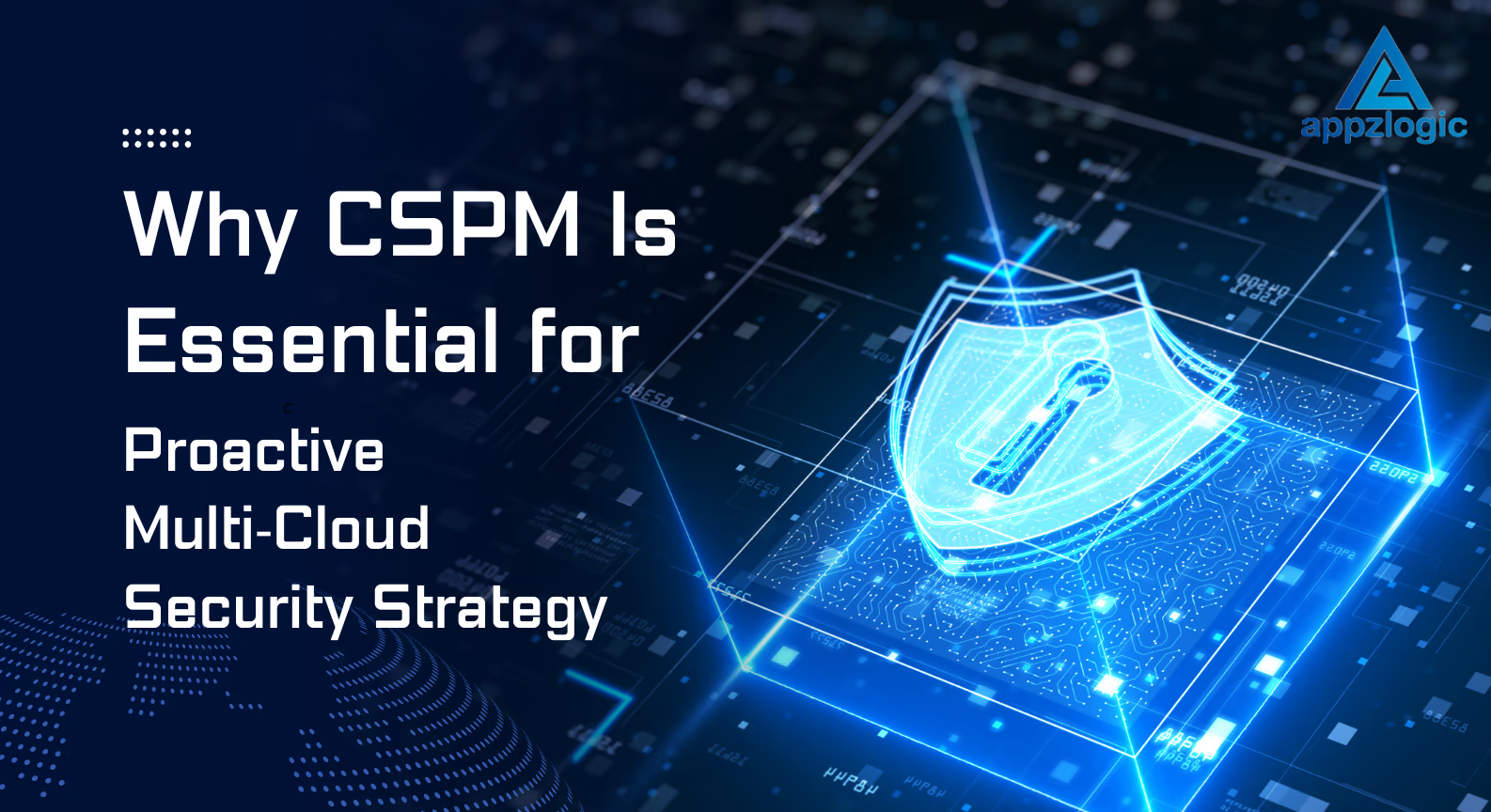
What to Do If You Click on a Phishing Link?
Phishing attacks are one of the common cybersecurity threats nowadays. A person with great knowledge of tech can also get affected by these phishing traps. Phishing links may cause major risk to your personal data like your bank account, personal address, or even the important data of your company. But if you click on any suspicious link at any chance, you don’t need to panic. The first action you should take is to act immediately to minimize the damage.
Clicked on Phishing Link: What Now?
- The first thing to do after you realize you have clicked on a phishing link is to disconnect your device from the internet. This will help prevent any data transfer to hackers.
- Do not enter any personal information on the page that opens after clicking the link.
- If you have already done so, make a note of what you shared because this will be important when you take recovery steps later.
- Take a screenshot of the phishing link so that you can report it to your email provider or IT security team.
Proofpoint 2020 State of the Phish Report found that 84% of organizations were subject to mobile-based phishing attacks
How to Recover from a Phishing Attack

Recovery starts with securing your accounts. Immediately change your passwords, starting with your primary email accounts and banking apps. Use strong passwords and enable two-factor authentication (2FA) on every platform possible. If you have entered banking details, contact your bank immediately, inform them about the phishing attempt, and monitor your accounts for unauthorized transactions. Quick action can help reduce financial losses and identity theft risks.
Clicked on Suspicious Link on Email
If you clicked on a suspicious link in an email, delete the email from your inbox and your trash folder. Mark it as phishing or spam so that your email provider can block similar messages in the future. Do not respond to the email or engage further, as attackers may attempt to trick you again through follow-up messages.
Signs of a Phishing Attack

Recognizing the signs of a phishing attack early can save you from bigger problems. Warning signs include sudden slow performance of your device, strange pop-up ads, unauthorized transactions in your bank account, or receiving unusual security alerts from your email provider. If you notice any of these signs after clicking a link, act immediately to protect your accounts and devices.
How to Remove Phishing Malware
If you suspect a malware infection, use a reliable antivirus or endpoint protection tool to scan your device. Many cybersecurity companies offer phishing recovery services or remove phishing malware for advanced threats. In severe cases, professional help like managed IT security services or a post-phishing security audit might be necessary to ensure complete cleanup.
Steps to Take After Phishing Attack
The steps after a phishing attack are simple but crucial. First, disconnect from the internet and run antivirus and malware scans on your device. Second, change all your passwords, focusing on banking, email, and work accounts. Third, enable two-factor authentication on all possible accounts. Finally, if you shared financial details, alert your bank and watch for suspicious activity. Following these steps can prevent long-term damage and protect your data.
Manual Response to Phishing Attack

Step 1: Disconnect from the Internet:
Immediately disconnect your device from Wi-Fi or mobile data to stop any malicious processes from continuing.
Step 2: Run Security Scans
Use reliable antivirus and anti-malware software to perform a full device scan. Remove any detected threats.
Step 3: Change All Passwords
- Start with banking, email, and work accounts.
- Use strong, unique passwords for every account.
- Consider using a password manager.
Step 4: Enable Two-Factor Authentication (2FA)
Activate 2FA on all accounts that support an added layer of security.
Step 5: Notify Your Bank and Credit Card Companies
If you shared financial information, inform your bank immediately to monitor or block suspicious transactions.
Step 6: Report the Incident
- Forward the phishing email to your email provider (e.g., reportphishing@apwg.org ).
- If at work, inform your IT security team.
Step 7: Check for Unauthorized Logins
Review login activity on your accounts (Gmail, Outlook, social media, etc.) and log out of unknown devices.
Step 8: Revoke App Permissions
Remove suspicious third-party apps or connected services that may have access to your accounts.
Step 9: Clear Browser Data
Delete browser cache, cookies, and stored passwords to prevent hijacking.
Step 10: Back Up Important Data
Secure all essential files on an external drive or cloud service in case of further issues.
Step 11: Stay Vigilant
Learn to identify phishing signs, avoid clicking on unknown links, and keep security software updated.
How to Scan for Phishing Malware
The best way to scan for phishing malware is by using a trusted antivirus program. Run a full system scan and ensure your operating system and security software are updated. Endpoint protection tools can also provide advanced detection and prevention features for added safety. As a U.S.-based cybersecurity partner, we have helped startups and enterprises in cities like New York, Austin, and San Francisco in cybersecurity protection and increase trust.
How to Secure Your Device After Phishing

After any phishing incident, secure your device by updating the operating system, installing antivirus software, and enabling two-factor authentication on your account. For businesses, implementing email security solutions, phishing protection tools, and a business phishing protection plan can provide ongoing safety against future attacks.
Conclusion
Phishing attacks can occur to anyone, but with safeguarding efforts and previous precautions, we may prevent them to an extent. Individuals should use preventions like 2FA; if you have clicked any phishing link, scan your device immediately to avoid any financial loss. Recovering from phishing attacks in the right way is important for business and the individual who got affected by it. Because it may risk your bank data, personal data and any other confidential information.
At Appzlogic, we provide a complete range of cybersecurity solutions to help individuals and businesses recover from phishing attacks and prevent future risks. We also specialize in cybersecurity solutions for startups, endpoint protection after phishing, email security solutions, and remove phishing malware services. Additionally, we assist with reporting phishing attacks, recovering stolen data, and implementing a business phishing protection plan. Our expert team offers guidance, post-phishing security audits, and advanced tools to ensure your systems remain fully secure and resilient against future threats.
Frequently Asked Questions
Opening it usually won’t harm you, but clicking links or downloading files can.
Turn on Airplane mode, scan for malware, and change passwords.
Use antivirus or endpoint protection tools and run a full system scan.
Update your OS, install security software, and enable 2FA on accounts.
Report it to your email provider, bank, and consider contacting a cybersecurity company for startups for further help.


